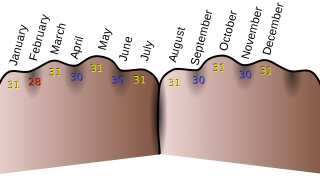
Quantum disbelievers
The idea that the solution of Schrödinger’s equation is a wave that represents, not a physical wave, but the probability of finding the associated particle in some specific condition of motion has had great success. In fact, every experiment devised so far to test this interpretation has confirmed these results. Yet many scientists still find […]








